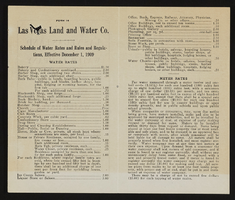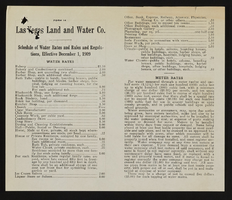Search the Special Collections and Archives Portal
Search Results
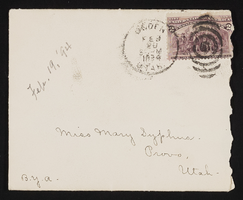
Letter and envelope from Aggie Herrick, Ogden, Utah to Mary Etta Syphus, Provo, Utah
Date
1894-02-19
Archival Collection
Description
From the Syphus-Bunker Papers (MS-00169). The folder contains an original handwritten letter, an envelope, a typed transcription of the same letter, and a copy of original letter attached.
Text

Meeting minutes for Consolidated Student Senate University of Nevada, Las Vegas, December 15, 1997
Date
1997-12-15
Archival Collection
Description
Includes meeting agenda and minutes.
Text
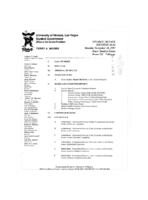
Meeting minutes for Consolidated Student Senate University of Nevada, Las Vegas, November 10, 1997
Date
1997-11-10
Archival Collection
Description
Includes meeting agenda and minutes.
Text
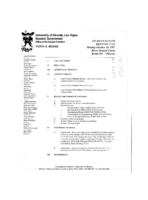
Meeting minutes for Consolidated Student Senate University of Nevada, Las Vegas, October 20, 1997
Date
1997-10-20
Archival Collection
Description
Includes meeting agenda and minutes, along with additional information about sentimental agendas, bylaws, and final draft reports.
Text
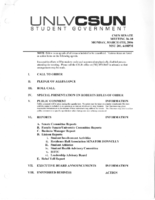
Meeting minutes for Consolidated Student Senate, University of Nevada, Las Vegas, March 06, 2006
Date
2006-03-06
Archival Collection
Description
Includes meeting agenda and mintues, along with additional information about bills.
Text
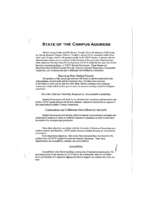
Meeting minutes for Consolidated Student Senate, University of Nevada, Las Vegas, February 05, 2001
Date
2001-02-05
Archival Collection
Description
Includes meeting minutes and agenda, along with additional information about the State of Campus Address, campus visit agreements, and CSUN election rules.
Text
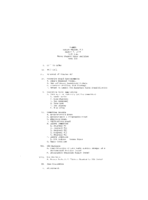
Meeting minutes for Consolidated Student Senate, University of Nevada, Las Vegas, August 7, 1979
Date
1979-08-07
Archival Collection
Description
Agenda and meeting minutes for the University of Nevada, Las Vegas Student Senate.
Text
Pagination
Refine my results
Content Type
Creator or Contributor
Subject
Archival Collection
Digital Project
Resource Type
Year
Material Type
Place
Language
Records Classification


